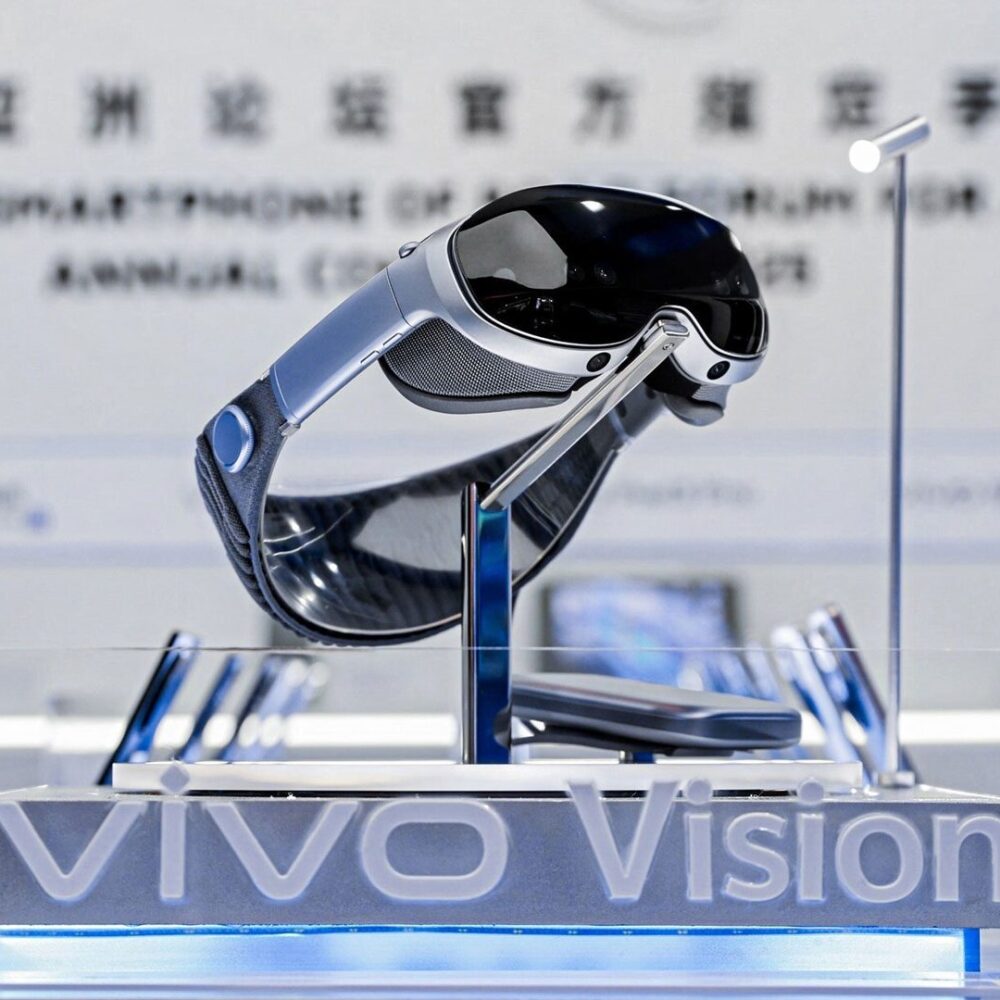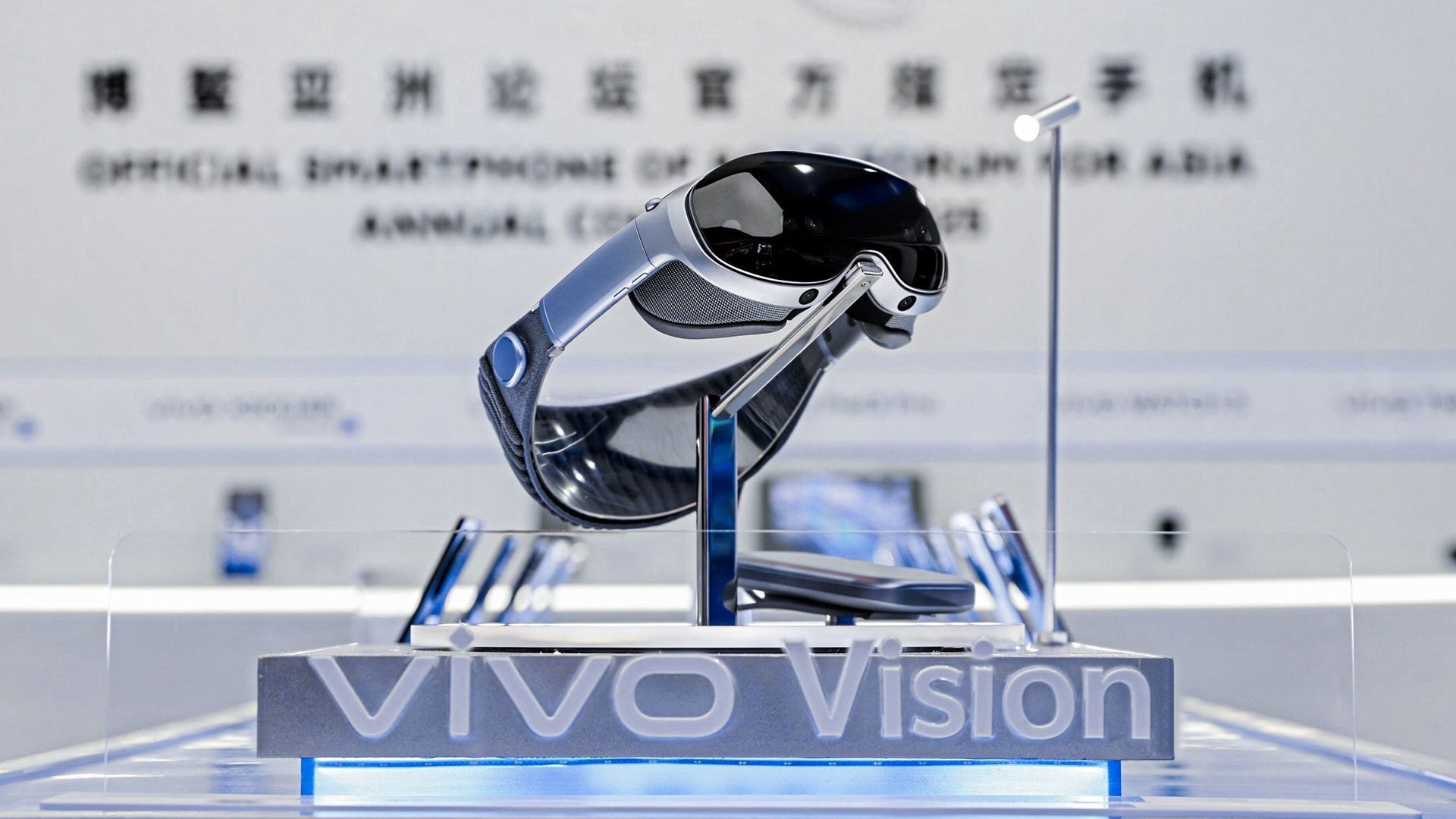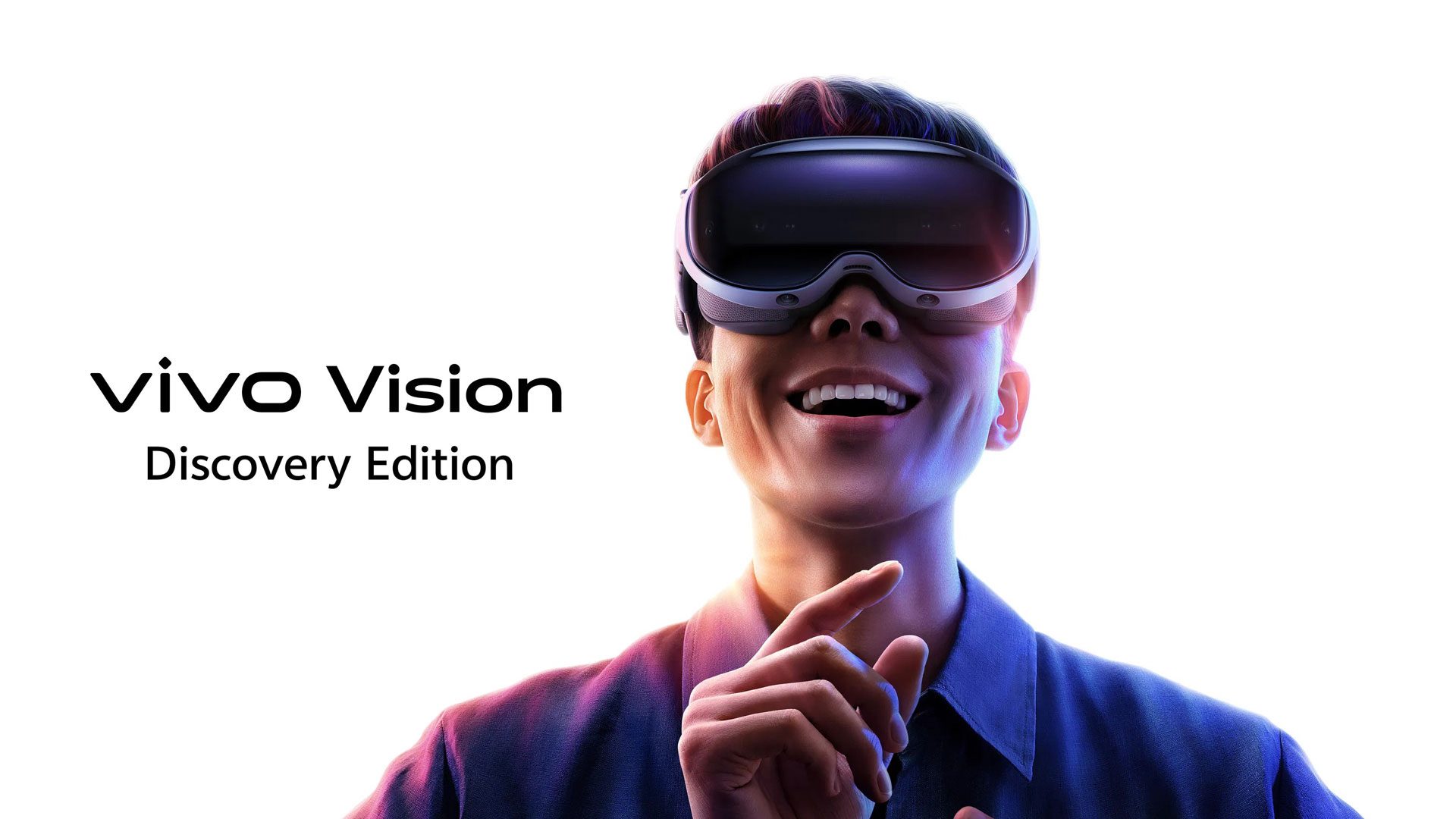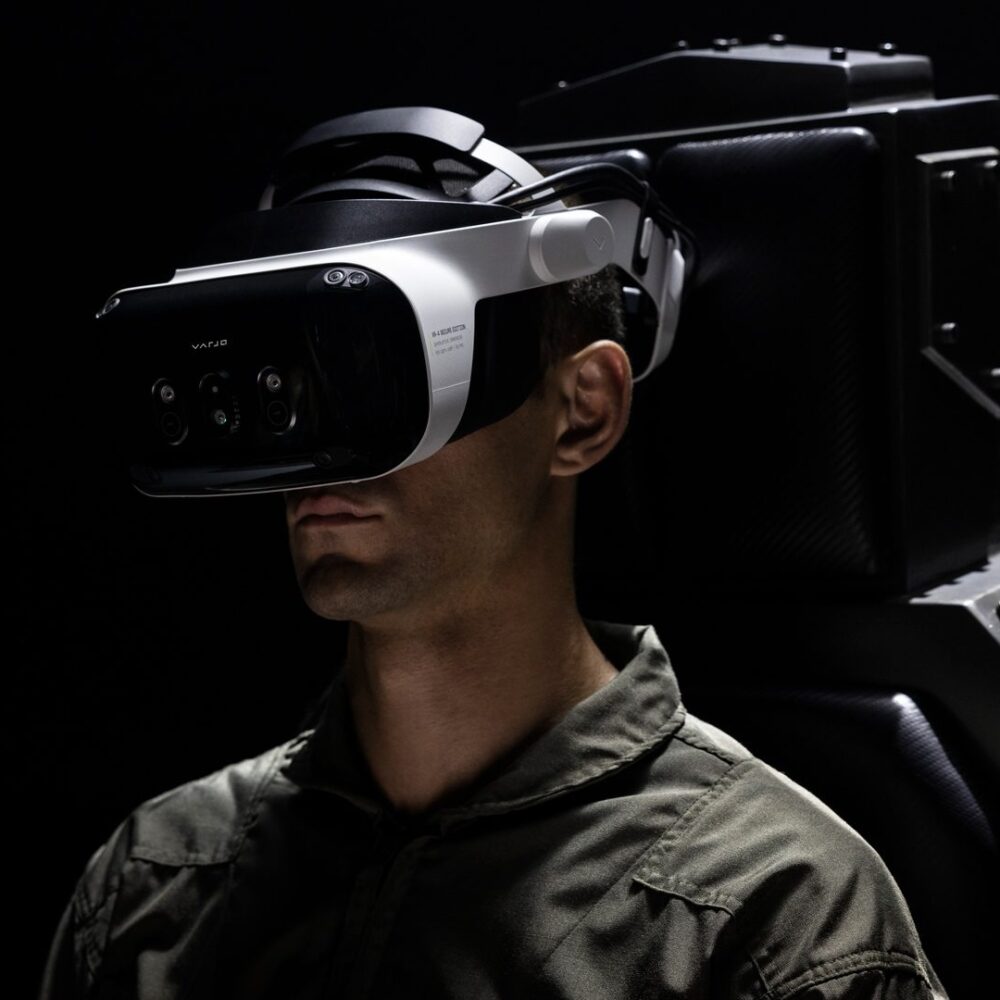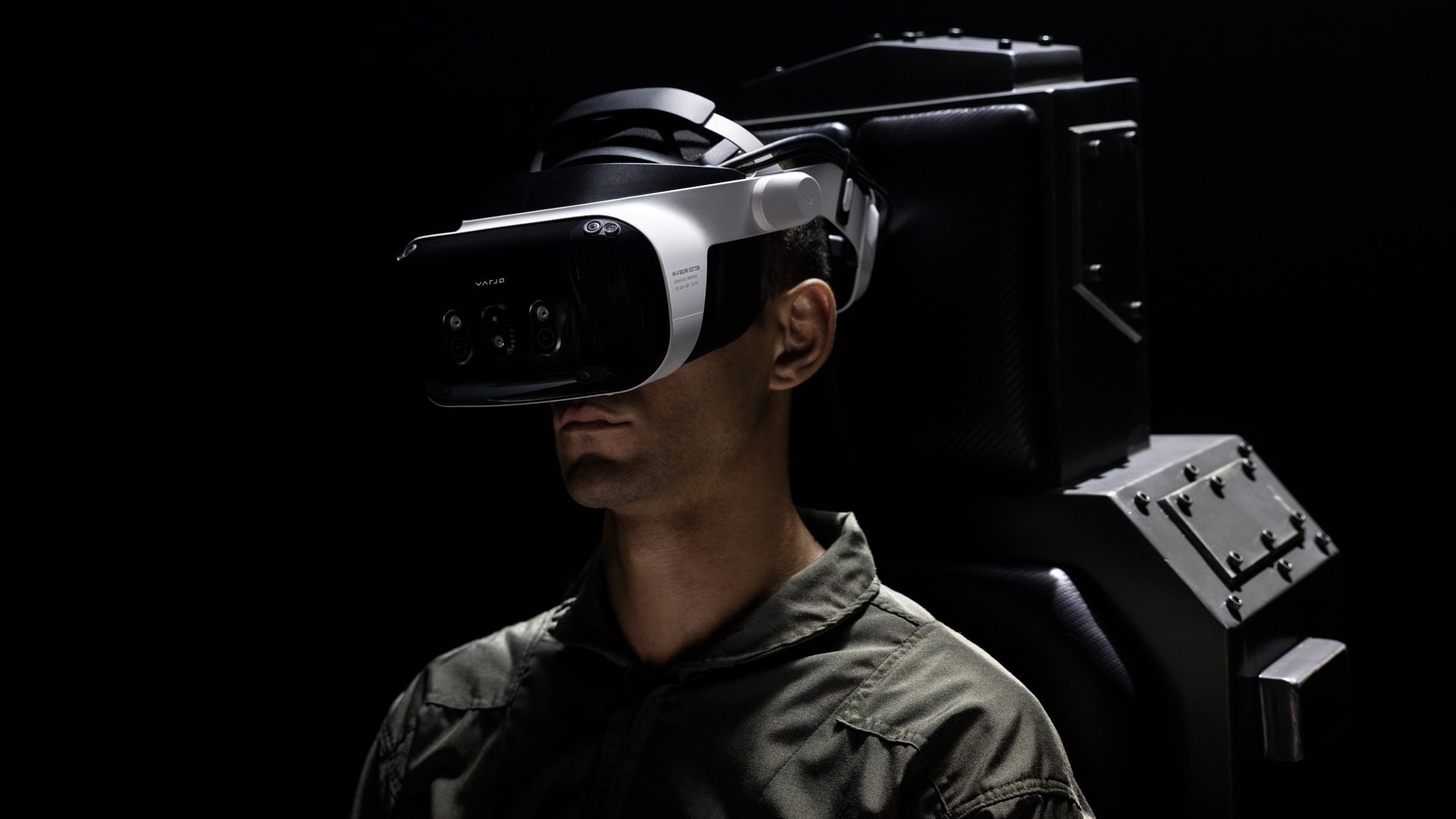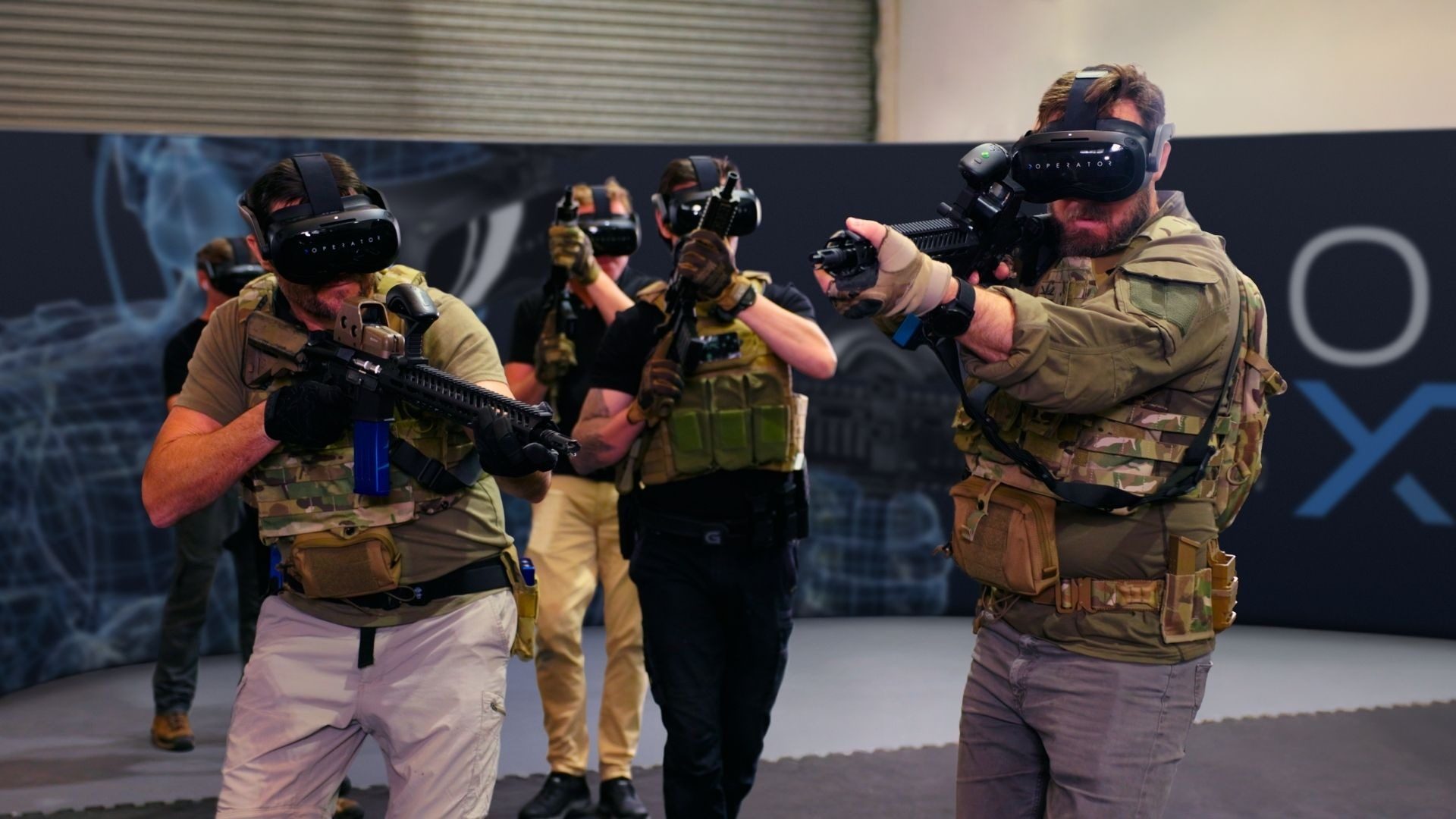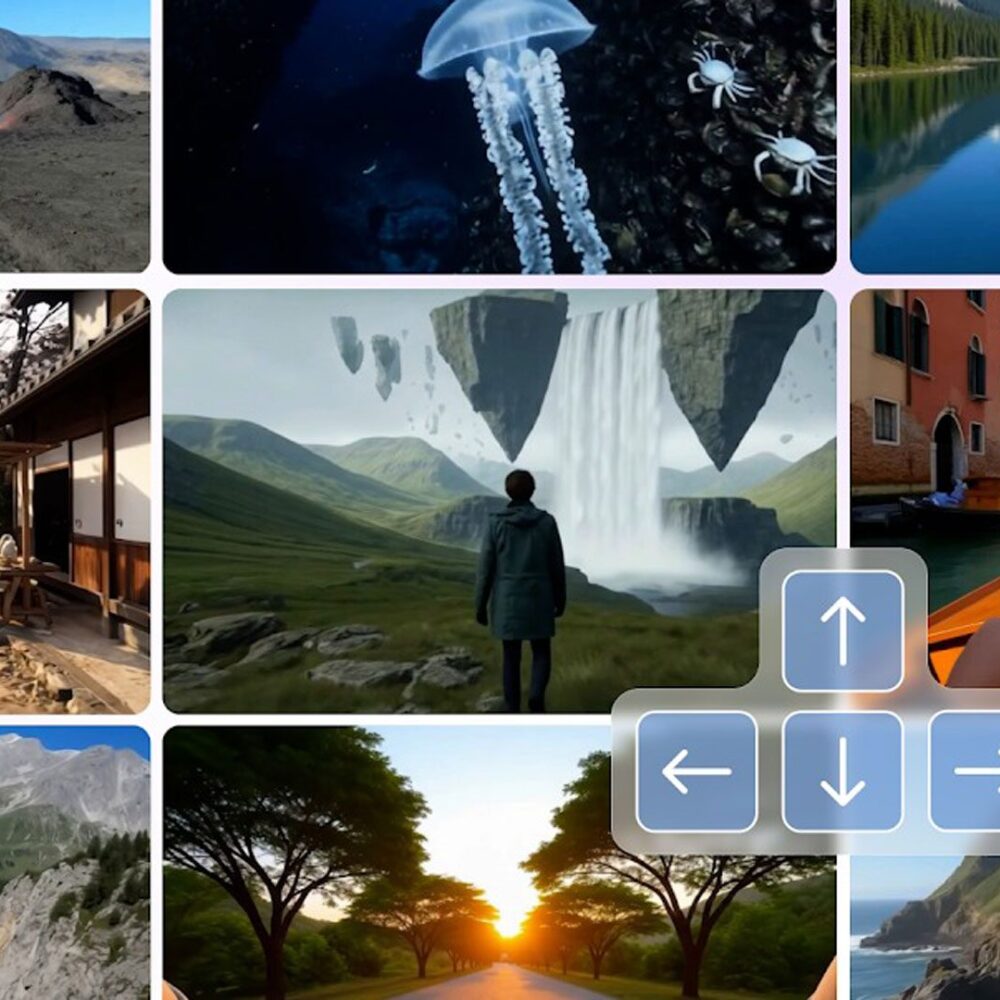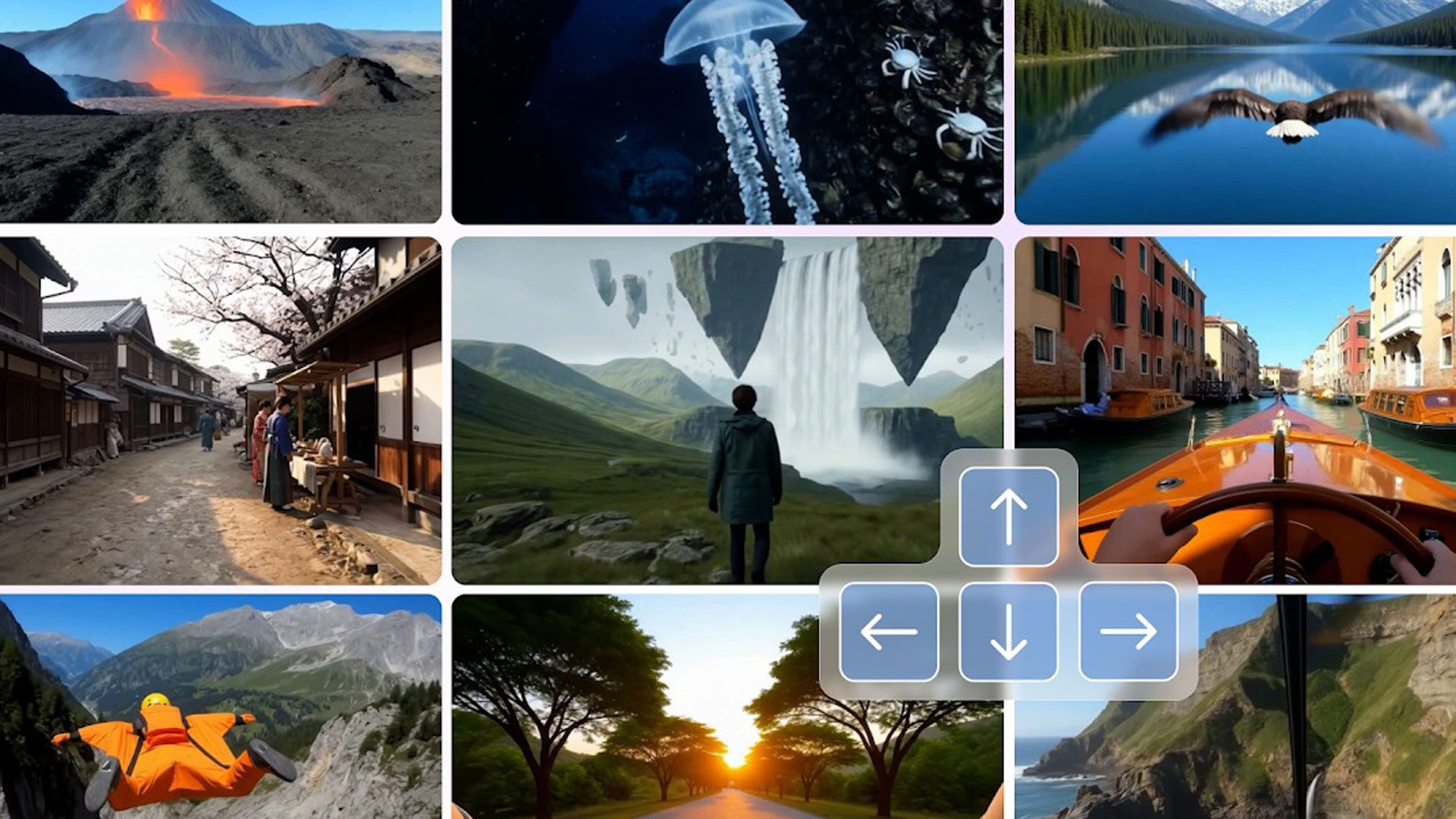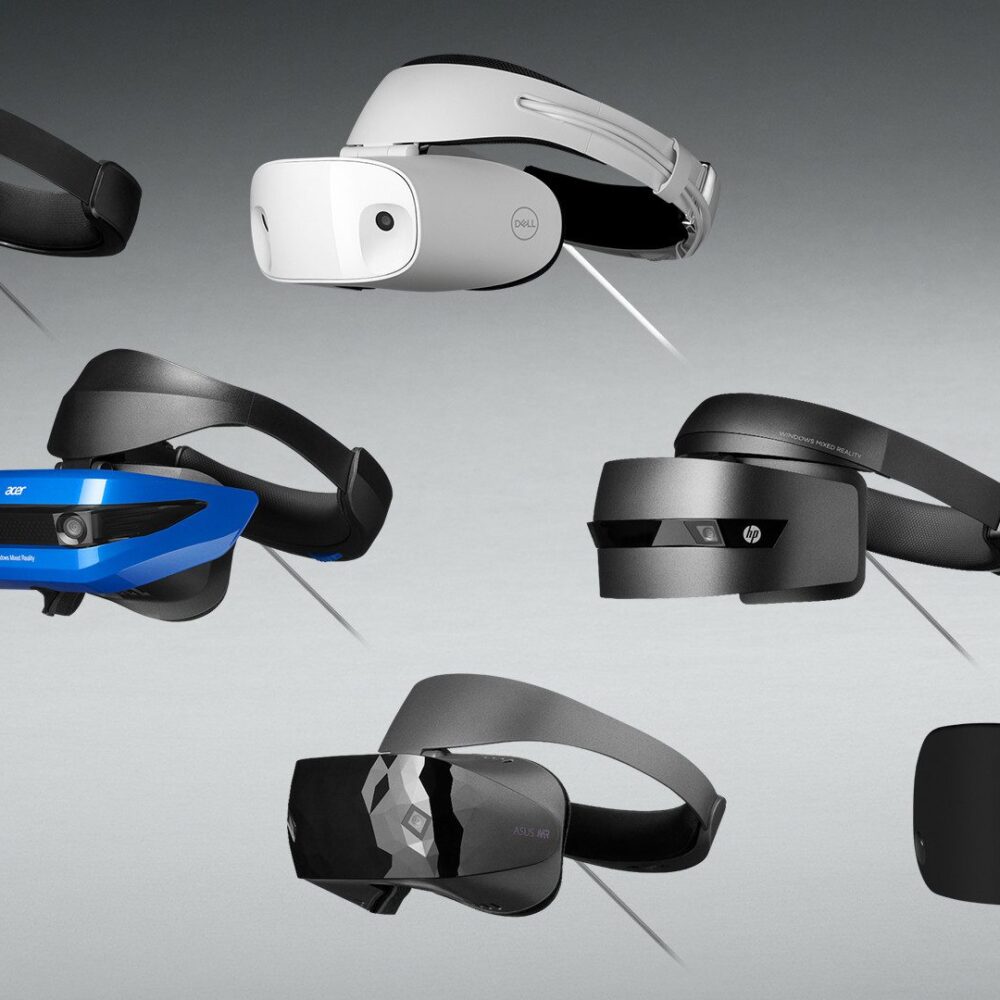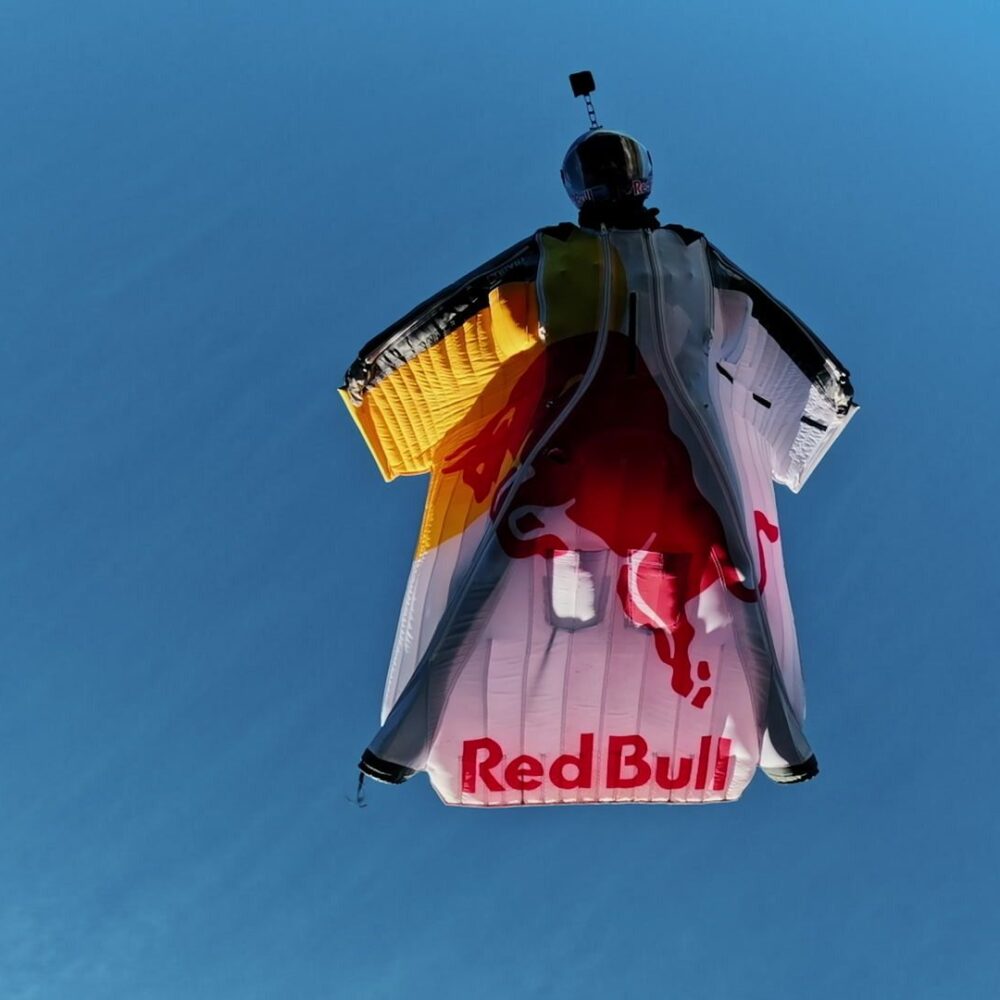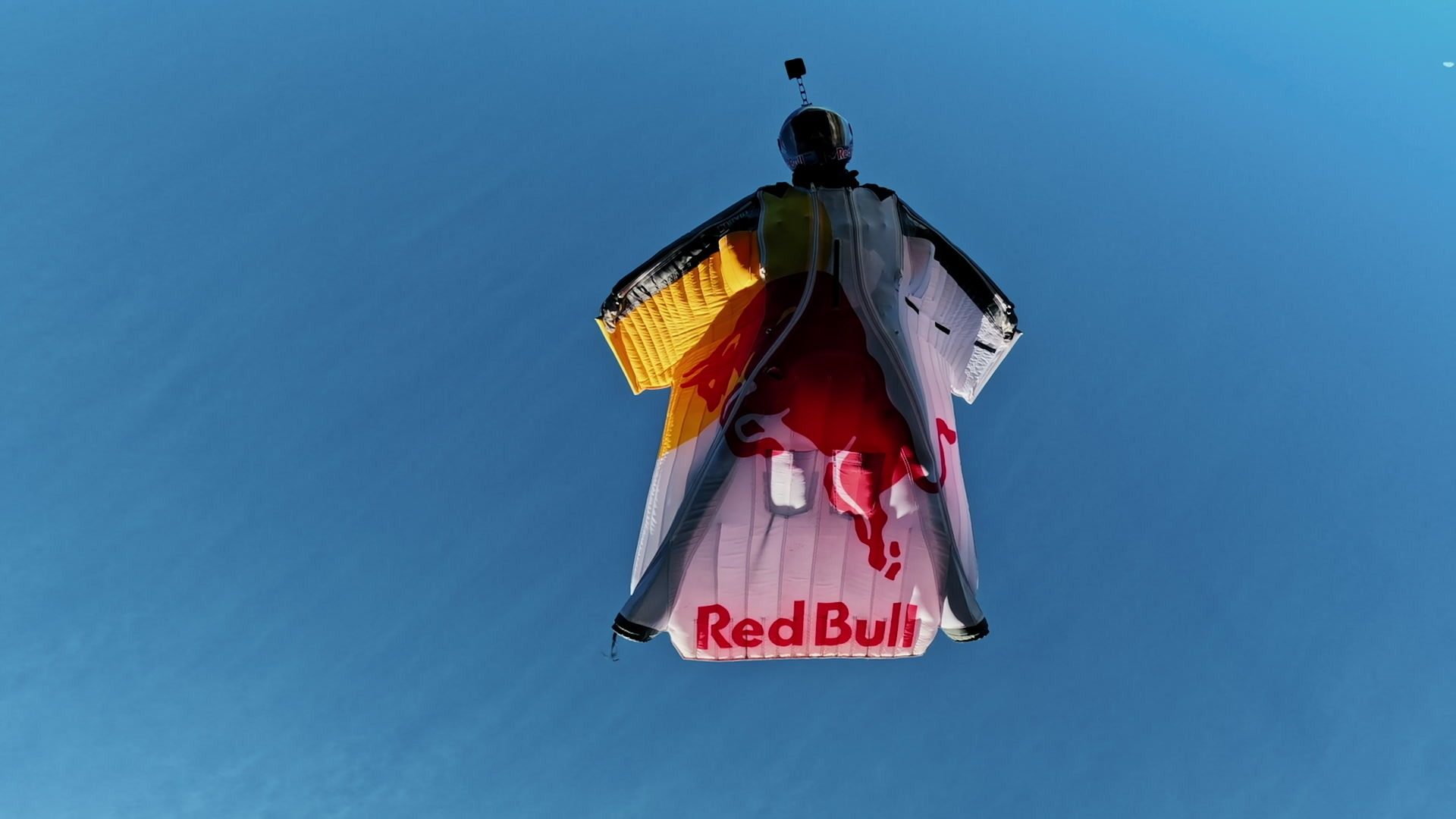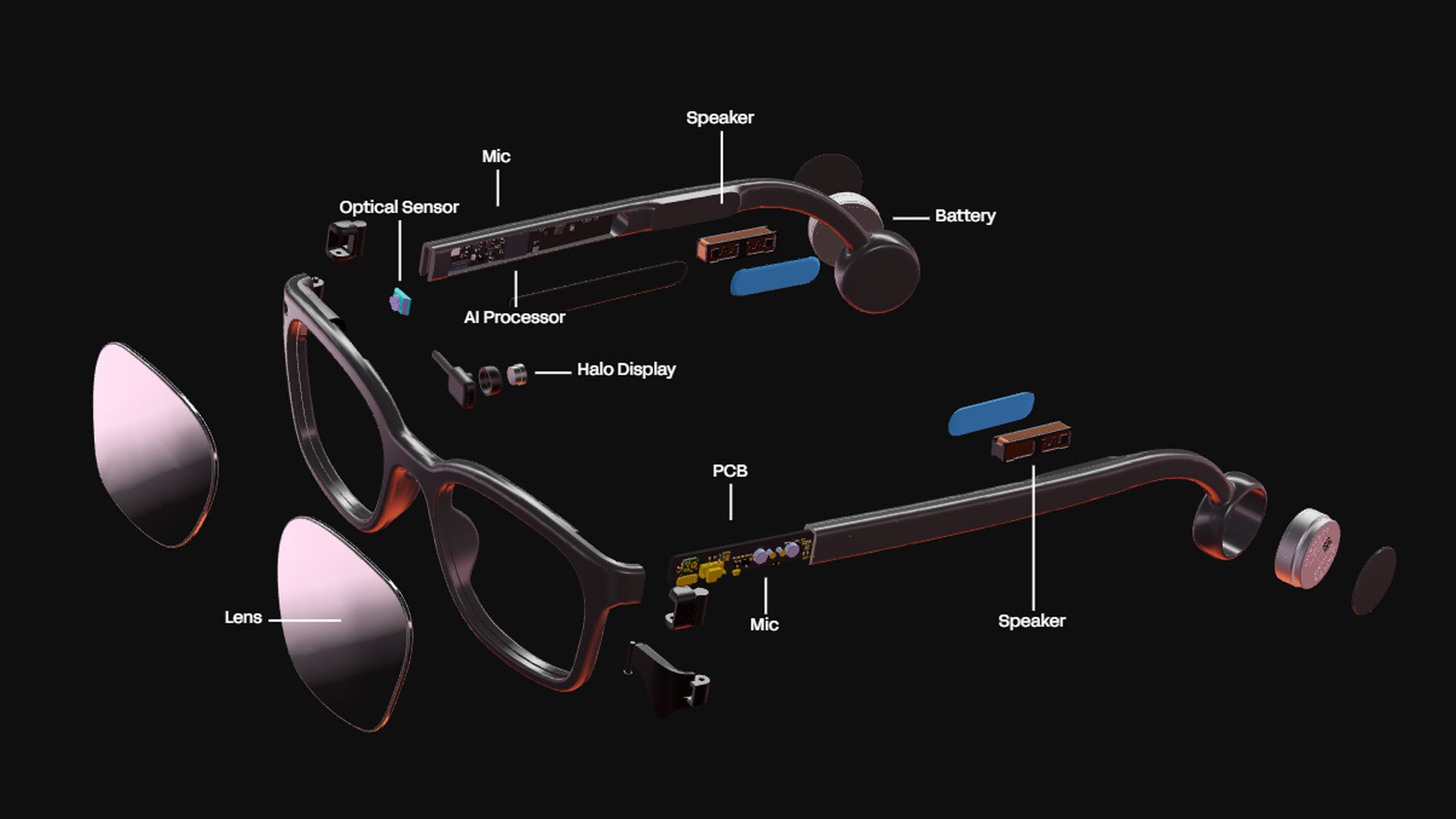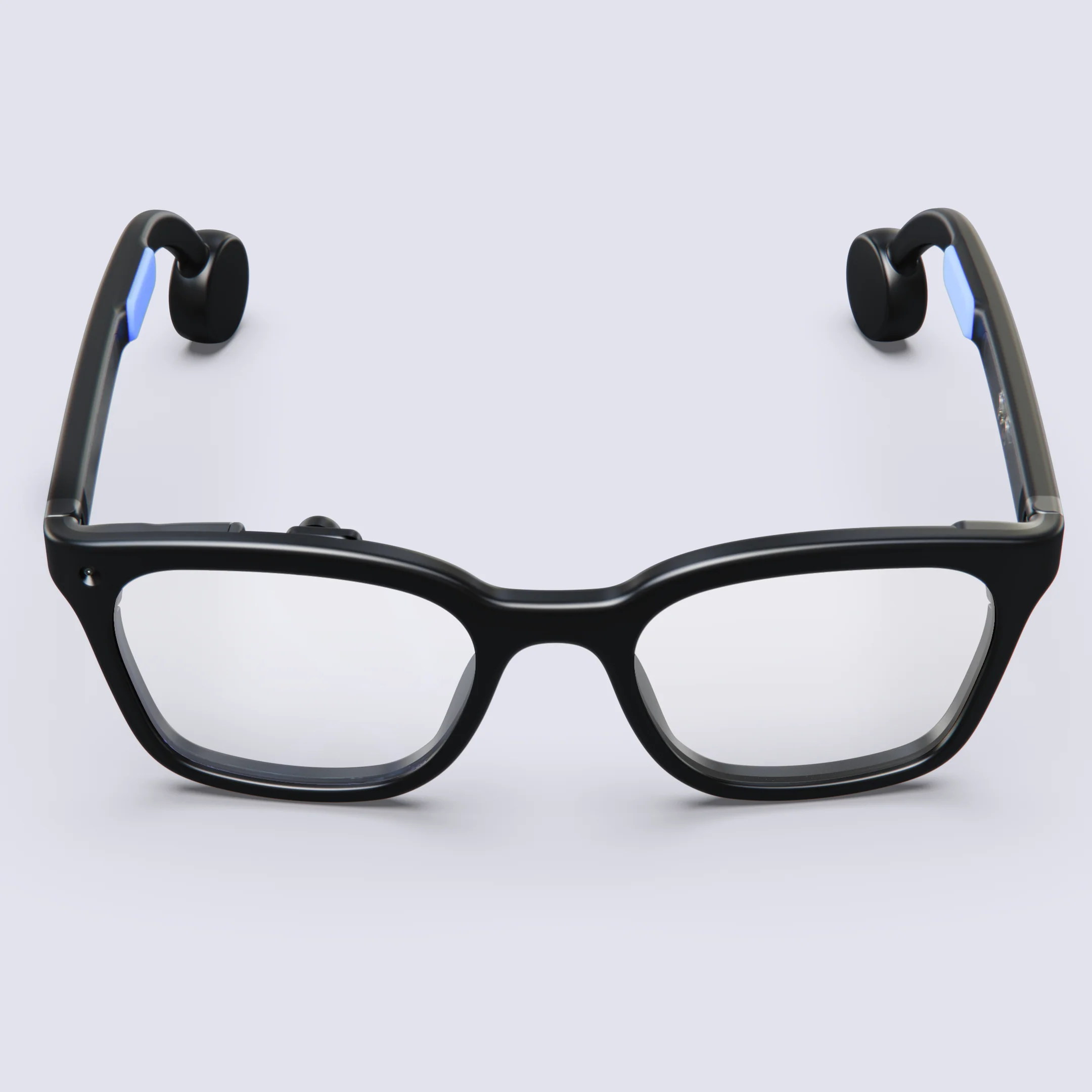Samsung’s upcoming mixed reality headset Project Moohan has largely been out of the spotlight since its unveiling late last year. According to South Korean outlet Newsworks (Korean), the headset’s launch could be right around the corner.
Citing industry sources, Project Moohan is reportedly set to be featured at Samsung’s upcoming Unpacked event, which is expected to take place in South Korea on September 29th.
The report maintains the headset is set to launch soon thereafter, coming first to South Korea on October 13th, and later to global markets. There’s no word on when or how the alleged global rollout will work.
The device is expected to be priced somewhere between ₩2.5 and ₩4 million South Korean won, or around $1,800 and $2,900 USD, Newsworks maintains.
While markedly cheaper than Apple Vision Pro, which still sells for its early 2024 launch price of $3,500, that still puts Moohan pretty squarely on the prosumer end of the spectrum.
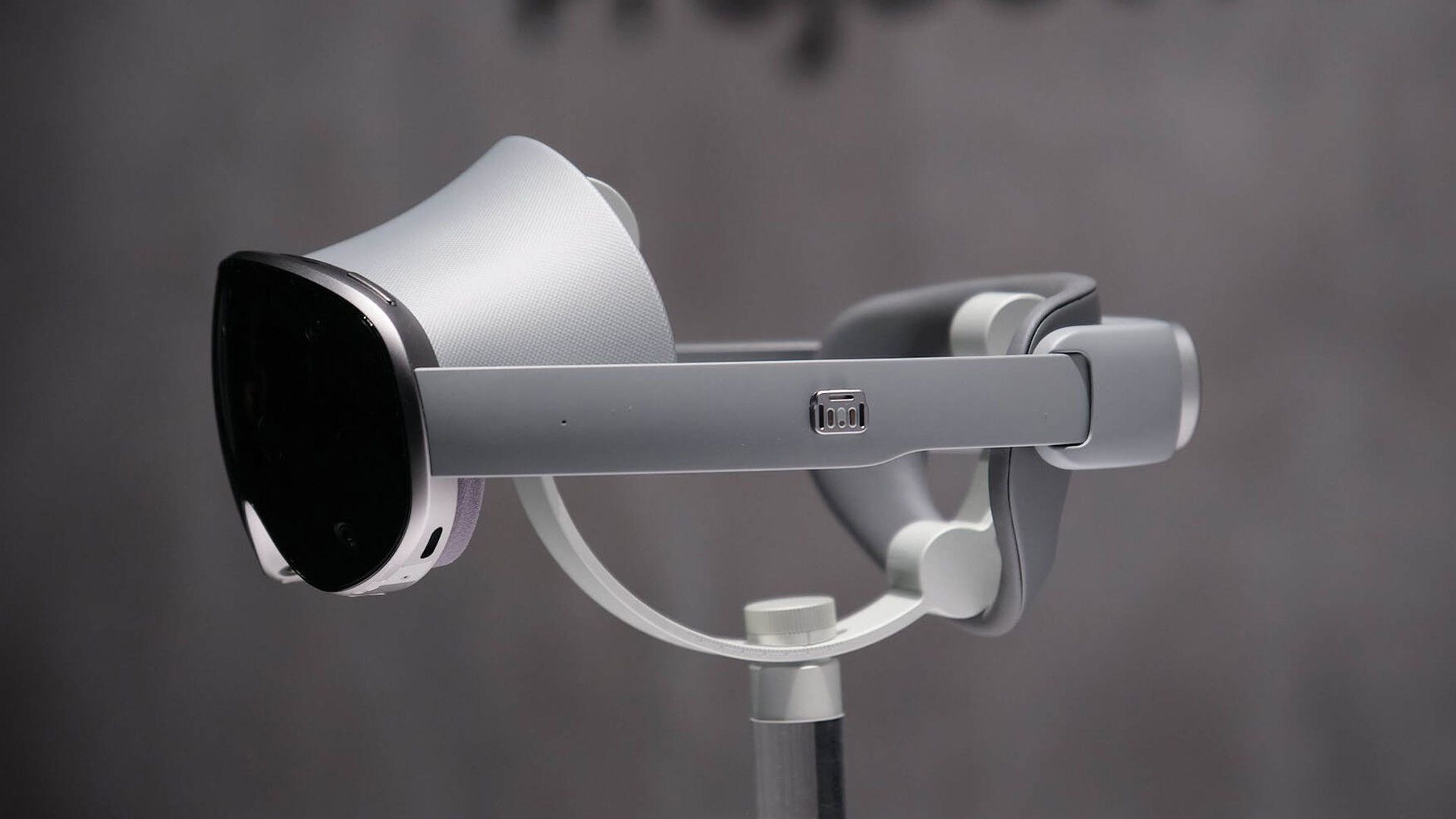
Ostensibly looking to serve up competition to Vision Pro, Project Moohan is set to be the first mixed reality headset to run Google’s Android XR operating system.
According to its current spec sheet, the headset sports a Qualcomm Snapdragon XR2 + Gen 2, Sony-sourced micro‑OLED panels (no resolution specs yet), pancake lenses, automatic interpupillary distance (IPD) adjustment, and support for eye and hand-tracking. It’s also set to support VR motion controllers of some sort, although we haven’t seen them yet.
Make sure to check out our hands-on with Project Moohan from December 2024 to learn more, including notes on comfort, display clarity, and our experience with Android XR—which really looks a lot like Horizon OS combined with VisionOS.
Newsworks reports that Samsung is only expecting to ship “around 100,000 units” of the device this year—significantly less than Apple’s alleged 2024 targets for Vision Pro, which third-party analyst Ming-Chi Kuo reported last year ranged between 400–450k units. Granted, Samsung doesn’t have a lot of runway left until year’s end, so there’s no telling what it hopes to achieve with Moohan.
Still, industry sources expect Samsung’s XR headset to act as more of stepping stone to its wider smart glasses ambitions, Newsworks says.
Notably, Samsung has yet to announce its own smart glasses amidst a flurry of companies looking to enter the space, including Google’s Android XR smart glasses launching in partnership with America’s Warby Parker and South Korea’s Gentle Monster.
Following the recent launch of Oakley Meta HSTN, Meta is also reportedly expected to release a new pair of smart glasses, this time including a built-in display and wrist-worn controller, according to a recent report.
Chinese tech giant Xiaomi also recently launched its own smart glasses, which go toe-to-toe with Ray-Ban Meta, although appear to be exclusive to Mainland China.
Meanwhile, HTC unveiled its ‘VIVE Eagle’ smart glasses, which is shipping first in the company’s native Taiwan at NT$15,600 ($520 USD).

